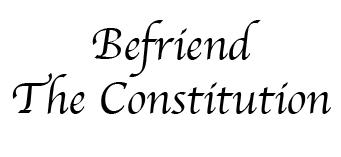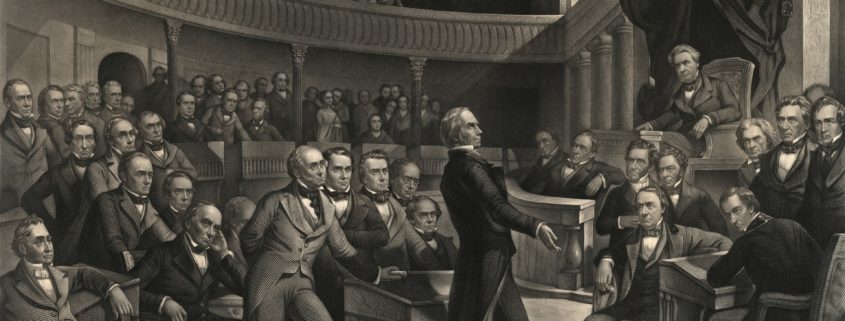How are changes made to the Constitution?
The Drafters of the Constitution recognized that unforeseen future circumstances might require changes to the Constitution. Therefore, they provided a process for changes to be made. The process is outlined in Article V. Changes to the Constitution are called amendments and become part of the Constitution for all intents and purposes.
The amendment process can be started by Congress or by the State Legislatures. Congress starts the process by proposing amendments. Proposed amendments must be approved by two thirds of the members of both Houses. The States start the process by asking Congress to call a convention to propose amendments. Two thirds of the States must request a convention before it can be called. Such a convention is often referred to as a constitution convention or con-con.
Amendments proposed by Congress or by a convention must be ratified by three fourths of the States. The ratification can be done by the State Legislatures or by special ratification conventions called in the States. Congress decides which ratification method will be used. Once ratified by the States an amendment becomes part of the Constitution.
There have been 27 Amendments to the Constitution. All 27 originated in Congress. A state called constitutional convention to propose amendments has never occurred. 26 of the 27 amendments were ratified by the State Legislatures and one, the 21st Amendment, by a special ratifying convention.
The amendment process was designed to be difficult. The Founders did not want the Constitution to be amended for trivial reasons or without proper deliberation. The process allows the Constitution to be amended when needed but helps insure that changes will be carefully made.
Published March 5, 2017



